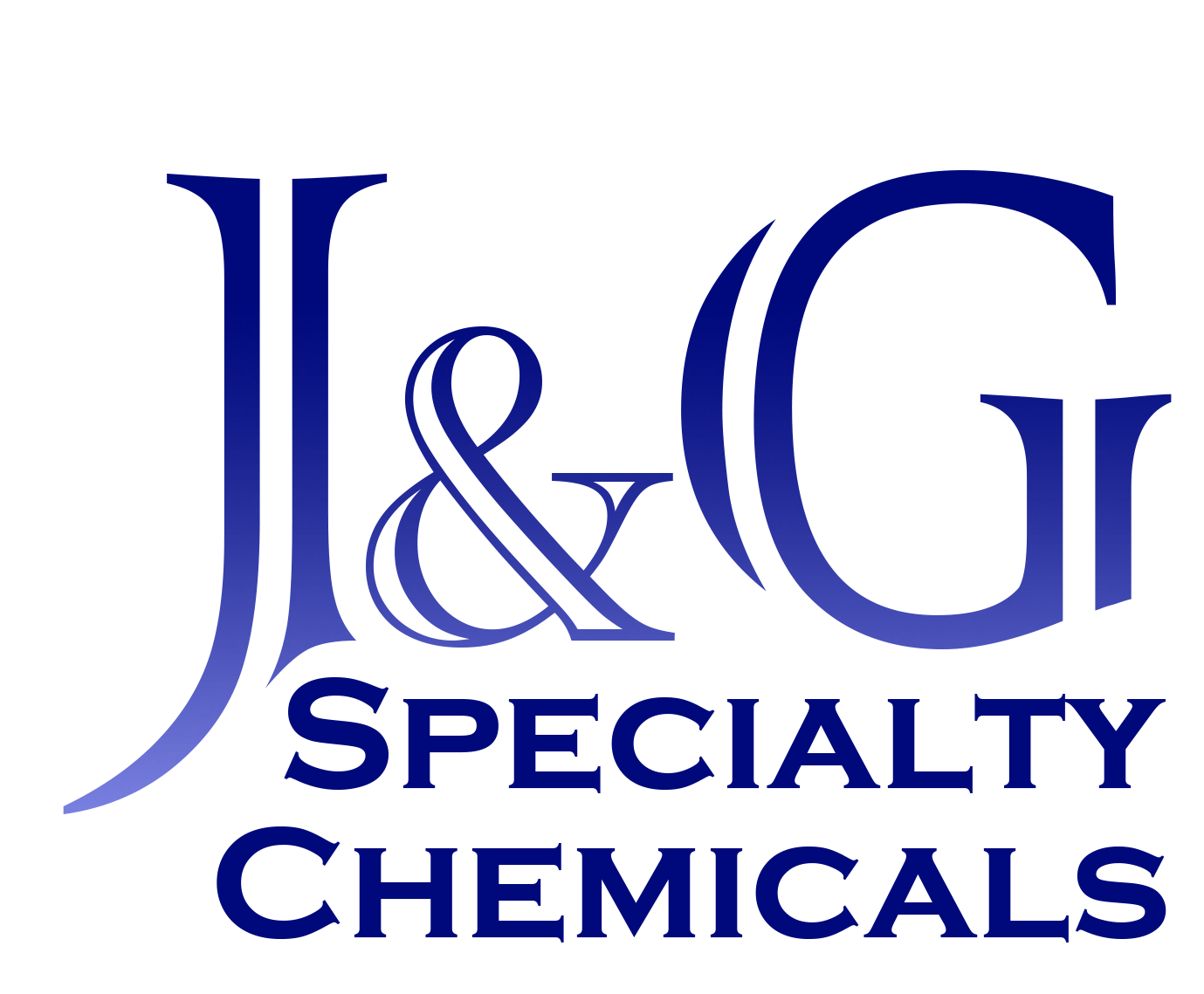The topic of this discussion will be largely focused on hydrogen sulfide, its effect on the sewer system and some best technologies for its removal. Aside from the above, it is important to note that hydrogen sulfide has many health related issues attached to it as well. While its odor can be detected at low air concentrations (0.01 to 0.15 ppm), it becomes undetectable at high concentrations (100 to 150 ppm) and at yet higher concentrations (500 to 700 ppm), it can result in death.
Hydrogen sulfide (H2s) is a gas that has a characteristic “rotten egg” smell, is slightly denser than air, is poisonous and corrosive and can be both explosive and flammable. Its presence is often times linked to anaerobic bacterial decomposition of organic matter in the presence of sulfates. The microbes responsible for this process are generally categorized as sulfate reducing bacteria. Hydrogen sulfide resulting from natural sets of conditions can be present in volcanic gases, petroleum or natural gas, swamps, sulfur springs and wells. Under a more manmade set of conditions and one that is problematic for a number of reasons, hydrogen sulfide can be present in sewer lines or any area of the collection or treatment system where conditions are right for hydrogen sulfide to form including:
· Near neutral pH
· Liquid temperature about 40o Celsius or 104o Fahrenheit
· Liquid dissolved oxygen (DO) concentration near zero
· Hydraulic detention time of about 1 day
· Oxidation Reduction Potential (ORP) range from about -50 to -250 mV
Hydrogen sulfide at it exists in wastewater collection and treatment systems is a product of concentrated organics, low DO concentrations as well adequate detention time. As the concentration of organics in the system increase under anaerobic conditions, the likelihood of hydrogen sulfide formation increases. Hydrogen sulfide is only marginally soluble in water and is somewhat readily released from surface water resulting in the “rotten egg” odor. The fraction of hydrogen sulfide that remains in the water combines to form a mild sulfuric acid. This acid is by definition corrosive and will attack treatment system material surfaces, often times resulting in long term extensive damage requiring repair or replacement.
Rather than remove the oxidized form of sulfate, it is sometimes preferred to remove the sulfate in this state thereby
The most common methods of sulfate removal are reverse osmosis and ion exchange.
Oxidation methods for removal of hydrogen sulfide from the waste stream include the use of oxygen, chlorine, ozone/peroxide and potassium permanganate. Of these groups, the latter 3 are the most effective of which ozone/peroxide and potassium permanganate are the most costly to operate. While chlorine does an okay job, it tends to oxidize organics leading to production of TTHM’s.
